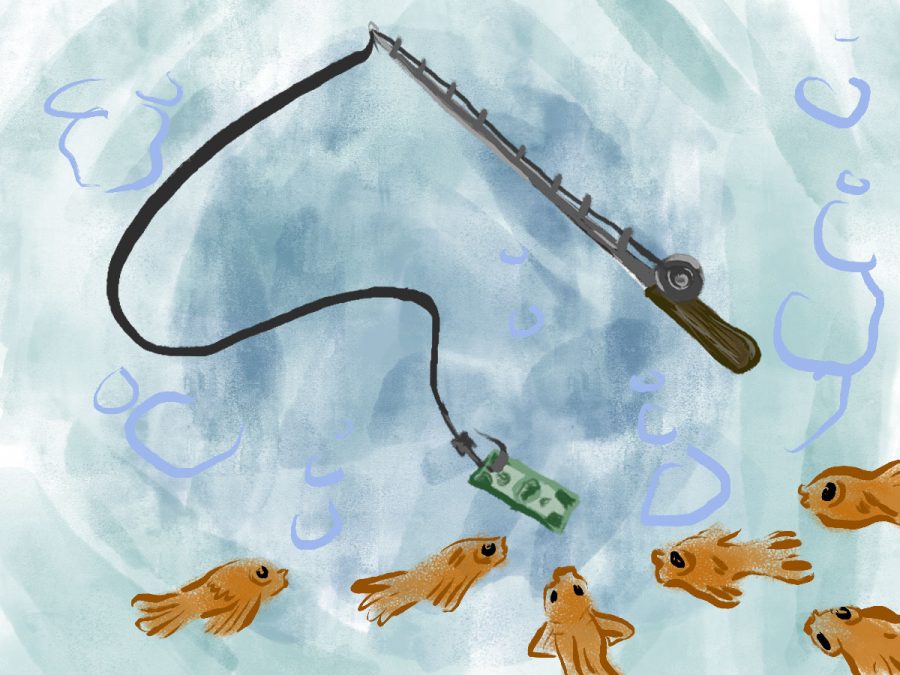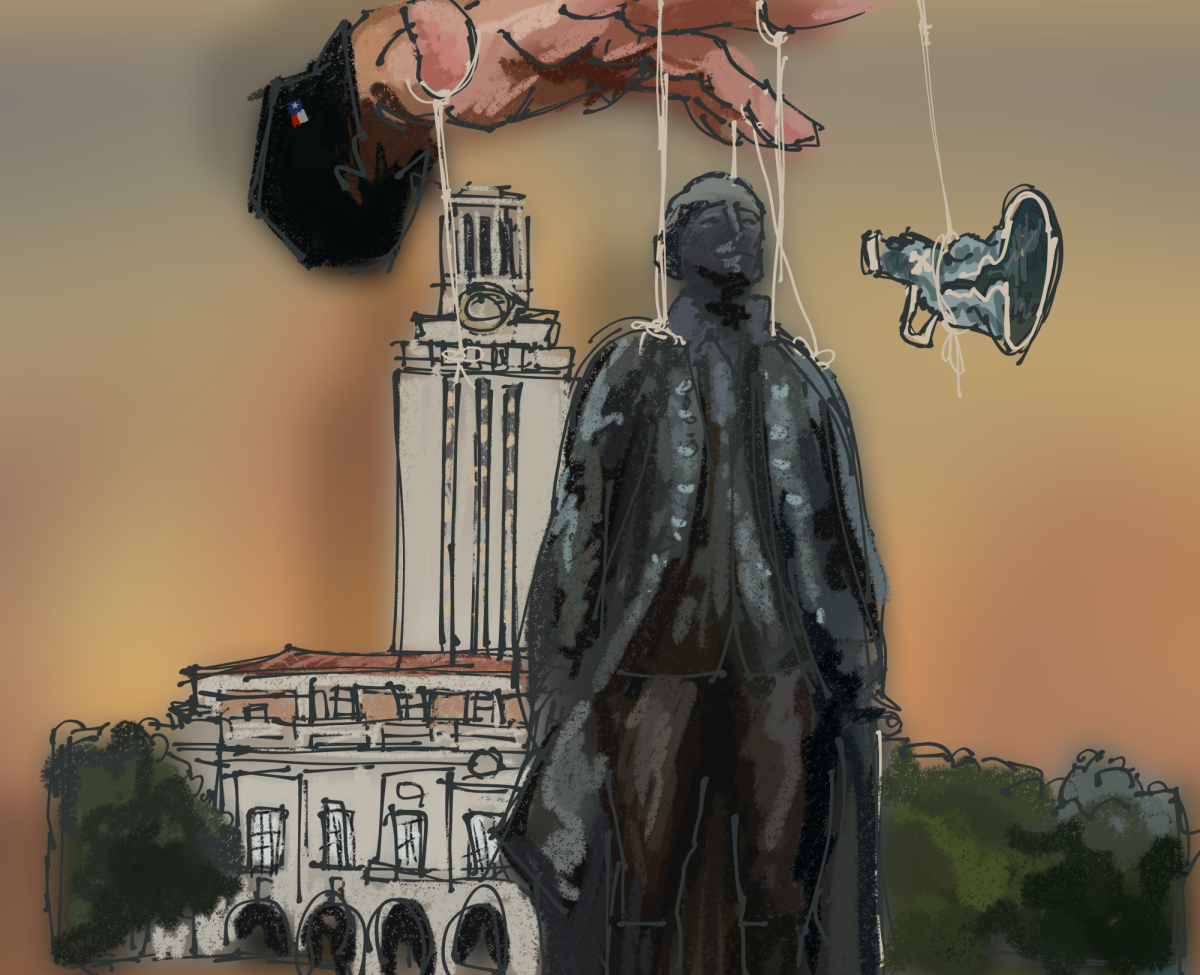In-state undergraduates will pay, on average, $5,583 in tuition per semester this year. Out-of-state undergraduates will pay approximately $20,761 per semester. For the 2020-2021 academic school year, these tuition rates represent a 2.6% increase. While UT-Austin will offer three different modes of classes this year in response to the COVID-19 pandemic — online, hybrid and in-person — tuition remains the same for all three modes, at the same rate that was set by the UT System Board of Regents in November 2019.
However, after looking into what our tuition actually pays for at UT, we determined a significant portion of our tuition funds University operations, maintenance and services.
With the majority of students potentially living and learning off campus for the duration of the fall semester and many students facing serious economic repercussions due to the COVID-19 pandemic, we encourage UT to consider reducing tuition rates this fall.
To be clear, there is no specific breakdown of where undergraduate tuition goes because tuition is simply funneled into the University’s overall budget, University spokesperson J.B. Bird said.
22% of UT’s roughly $3 billion annual budget comes from tuition payments. 13% of this budget is devoted to “University Operating Expenses,” which is mainly maintenance of buildings and facilities both on campus and at off-campus centers, such as the J.J. Pickle Research Campus or the McDonald Observatory.
Even though we don’t have the math in front of us, we feel it’s safe to say students will pay for things they won’t necessarily have access to this fall. Classrooms across campus will be limited to 40% capacity, and we can expect student spaces such as the William C. Powers, Jr. Student Activity Center to limit capacity as well.
Mathematics junior Sebastian Castellanos said UT should lower tuition rates because students will likely have limited or adjusted access to many spaces and resources, such as academic buildings, gyms and the Counseling and Mental Health Center.
“This is what tuition covers, and we’re not getting all of this access,” Castellanos said. “Tuition should reflect what we’re allowed to receive.”
Bird and University spokesperson Joey Williams said a portion of tuition is set aside to bolster financial aid for lower-income students. However, the Office of Scholarships and Financial Aid bases a student’s financial aid package on the information they submit through their FAFSA or TAFSA, and for the 2020-2021 school year, students could have submitted their FAFSA as early as Oct. 1, 2019 — before any of us even knew what COVID-19 was. Many students could be attempting to pay for living expenses and a full tuition bill without sufficient financial support from UT.
“So many students are coming back to campus in a completely different financial situation than when they started college,” public health junior Nabeeha Engineer said.
In the last four months, millions of Americans have lost their jobs or experienced wage reductions.
“I don’t think UT is considering the sustained costs that students are having to pay,” Castellanos said. “Me and my family still have to pay (my) rent out of pocket. We’re losing money because my family is unemployed (due to the pandemic).”
This summer, UT offered “a 50% tuition reduction for undergraduate Texas residents and a 25% tuition reduction for undergraduate non-residents,” with the reduction coming off of the fall and spring tuition rates for the 2019-2020 academic year. Many students took advantage of this opportunity and enrolled in summer classes.
While the economics are different this fall, as Williams and Bird said, UT can continue to offer reduced tuition rates while maintaining its high academic standards.
“We recognize that the teaching and learning is going to look really different this year,” Bird said. “The faculty and leadership at the University are working really hard to give the same high-quality education that our students deserve.”
No one knows what’s going to happen this fall, but Texas’ current coronavirus numbers aren’t indicating things will get better soon. While student safety will remain a pressing concern, UT can help mitigate the financial strain students and their families face by offering reduced tuition rates. Tuition payments are due for continuing students on Aug. 14 and for new students on Aug. 25 — UT still has time to make this decision.
The University is losing money, but we think it can afford to. Its first priority should always be the well-being of its students.





















